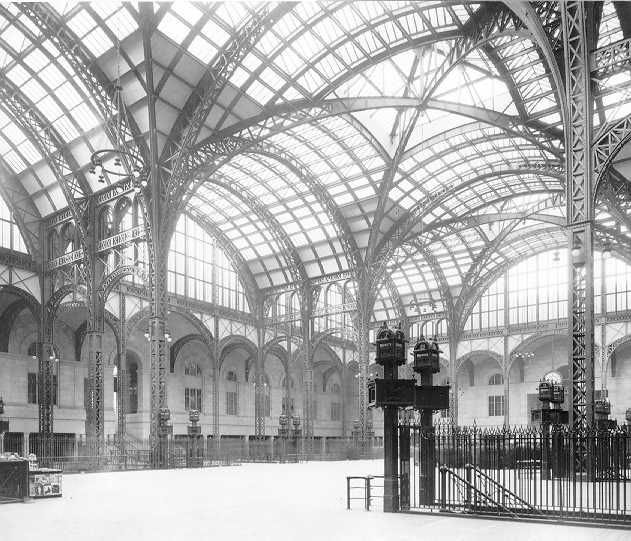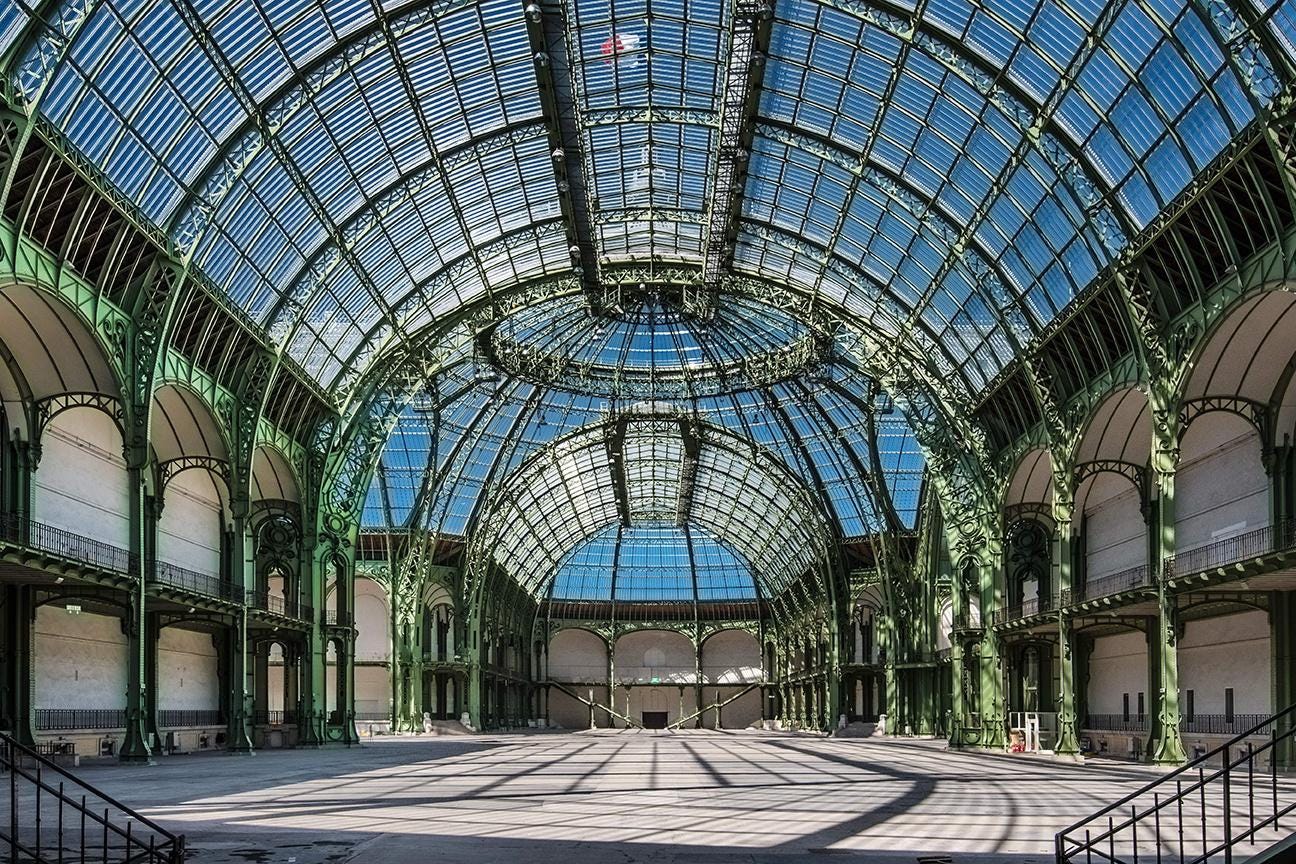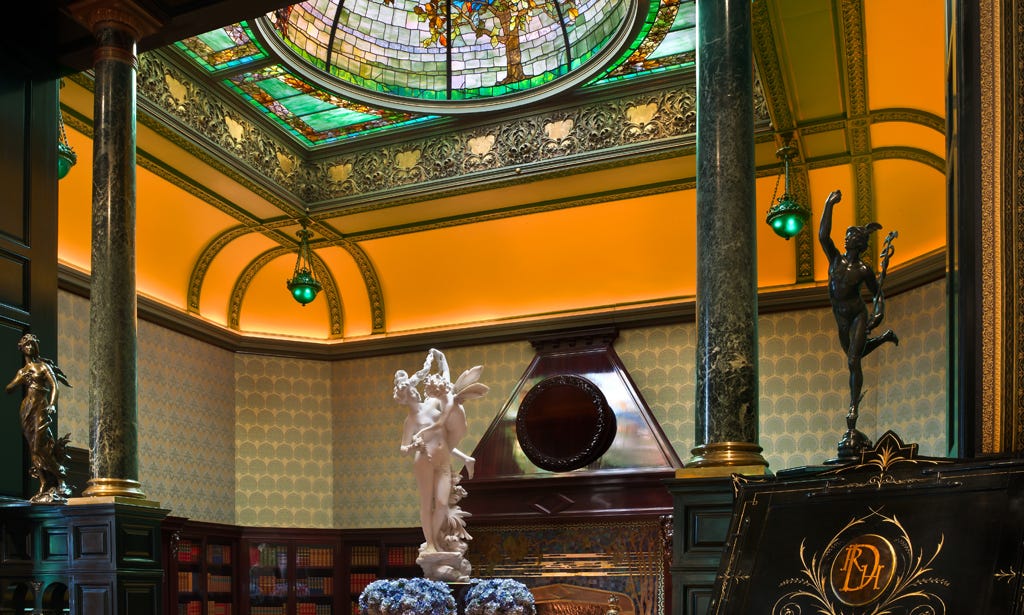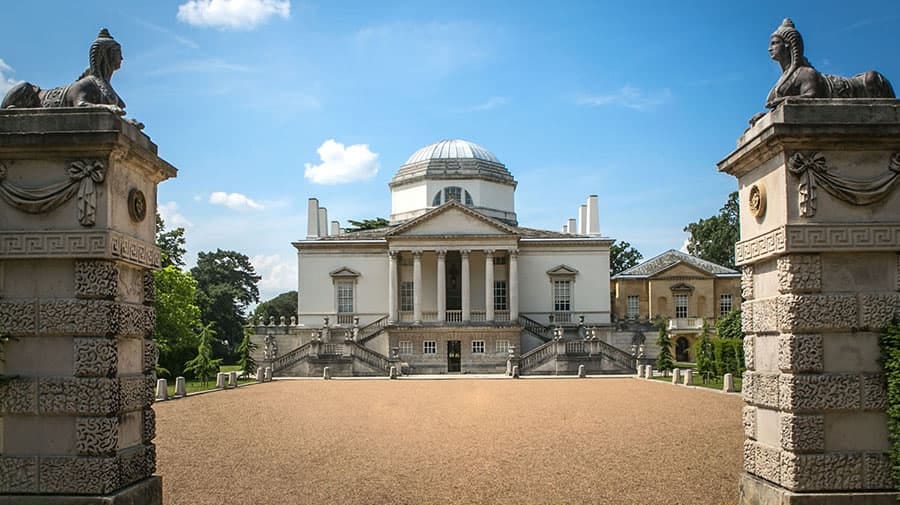“Architectural Movements of Yesteryear” is a series that explores the history of architectural movements preceding, including, and following the Modern Architectural Movement. My background for these posts will draw from my time in Architecture School (mostly Architecture History III at Kent State) and books/articles I have read since. I both attended the class as a student and as a teaching assistant for Architecture History III. Neither of these experiences make me an expert on any of these topics, but I do believe that it gives me enough information to create a blog post for public consumption and general understanding of these styles.
Revivalism is a style of architecture that mostly took place between 1750 and 1890. Revivalism draws on previously existing styles from different cultures, specifically Classical, Medieval, Renaissance, and Baroque (sometimes more modern styles are included like Colonial or styles in other cultures but for the purposes of these posts I will mostly not include them). These styles are typically prefixed with “Neo-” and followed by the style that they are reviving. Neo-Classical is the most common. Within these styles there are many substyles that utilize different technologies. An example would be the Beaux Arts style, which would fall under Neo-Classical. In the future I will try to make sure that if I list one of these specific substyles that I reference which Revivalist style it falls under. Let’s dive into a few of these styles.
Neo-Classicism *
As the name suggests, Neo-Classicism draws inspiration from Classical Architecture. Classical architecture typically refers to Greek and Roman architecture. The style was a departure from the Baroque/Rococo style which typically included similar elements with plentiful, airy ornamentation, as well as whimsical color. Many people considered baroque gaudy with it’s use of gold (why would anyone think that?).
To push back on the overindulgence of the Baroque, a back to basics (AKA Vitruvius, the Roman architect and author of De Architectura the Classical treatises on architecture) style. Reduced ornamentation and increased focus on proportions and detail based on ancient tradition. As you will see in some of the other substyles, a shared trait between the Revivalist styles actually rips off entire building aesthetic. Think about how many times you’ve seen a building that wants to be the Pantheon and puts an absurd concrete dome on top for no reason.
I can’t claim to be a huge fan of most Neo-Classical styles, but there are a few that really shine due to their adoption of more modern technologies. Beaux Arts is one of my personal favorites. One of the most famous examples of the Beaux Arts style (also one of my most used examples for all sorts of ideas in architecture) is the demolished Penn Station formerly in New York City at the location of the vacant Madison Square Garden building.

Beaux Arts is a style that has the typical heavy Neo-Classical facades, but inside the buildings are magical.

If you have ever read the Lion, the Witch, and the Wardrobe, the entering of the wardrobe is how I typically feel when I walk into a Beaux Arts building.
Neo-Gothic (AKA Gothic Revival)
This style is more typically found in England and as it suggests is a return to the Gothic style. I won’t spend too much time on this one, but I would be remiss to not mention that one of the most well known and most photographed buildings in the world invokes this style, Big Ben. It takes the heavy structure of the typical Gothic style and adapts it to Modern uses. While Gothic style was typically used to make churches beautiful, it was adopted in England as a way to give an element of “truth” to government and colleges. Many buildings at Oxford share this style.
Neo-Palladian
Some movements are based on a specific architect. Neo-Palladian refers to designs inspired by the Renaissance architect Andrea Palladio. He is well known for his proportional designs heavily influenced by Vitruvius (some might even consider this Neo-Classical since he was invoking Vitruvius a millennium and a half after the death of Vitruvius). He took the proportions of the Vitruvian Man (you know the one that Leonardo Da Vinci made famous in one of his sketches. Square-circle man) and applied them in unique ways into his architecture. His column design and spacing frequenting his facades look like they could have been scanned out of a J.B. Ward-Perkins book (Architectural Historian who wrote a lot about Roman Architecture). Anyway, Neo-Palladian architecture is essentially the same thing, but run through another modern filter. Have you ever scanned the same image multiple times and noticed that it gets more and more blurry? That’s like looking at Neo-Palladian architecture and still noticing the classical influence. Can’t wait for the Neo-Neo-Palladian movement to take place.
Eclecticism
This is probably my favorite substyle of Revivalism. It doesn’t really fit into any of the other substyles so even though it has many of the other types of Revivalism, it is its own thing. Eclecticism draws on literally any historical culture and style and mashes it together to form whatever aesthetic the designer thinks works for the project. You want a Japanese style roof on a Neo-classical facade? That’s a good start, but lets put a Middle Eastern mosaic in the domed ceiling supported by Romanesque arches.


I am not incredibly inspired by most Revivalist architecture. I don’t think relying on styles that are thousands of years old is devoid of value, but one of my personal pillars for architecture is a drive for innovation. (maybe some day I’ll actually compile a full set of pillars for architecture). Revivalism is fine, but the responses to it is groundbreaking.
*It is interesting to note that Donald Trump signed an executive order requiring all Federal buildings to be Neo-Classical. I don’t have a strong opinion on this, but its probably not good to force communities with contradicting aesthetic to build these expensive hulks.











This post was educational and also made me laugh like four times... damn you're good. :)